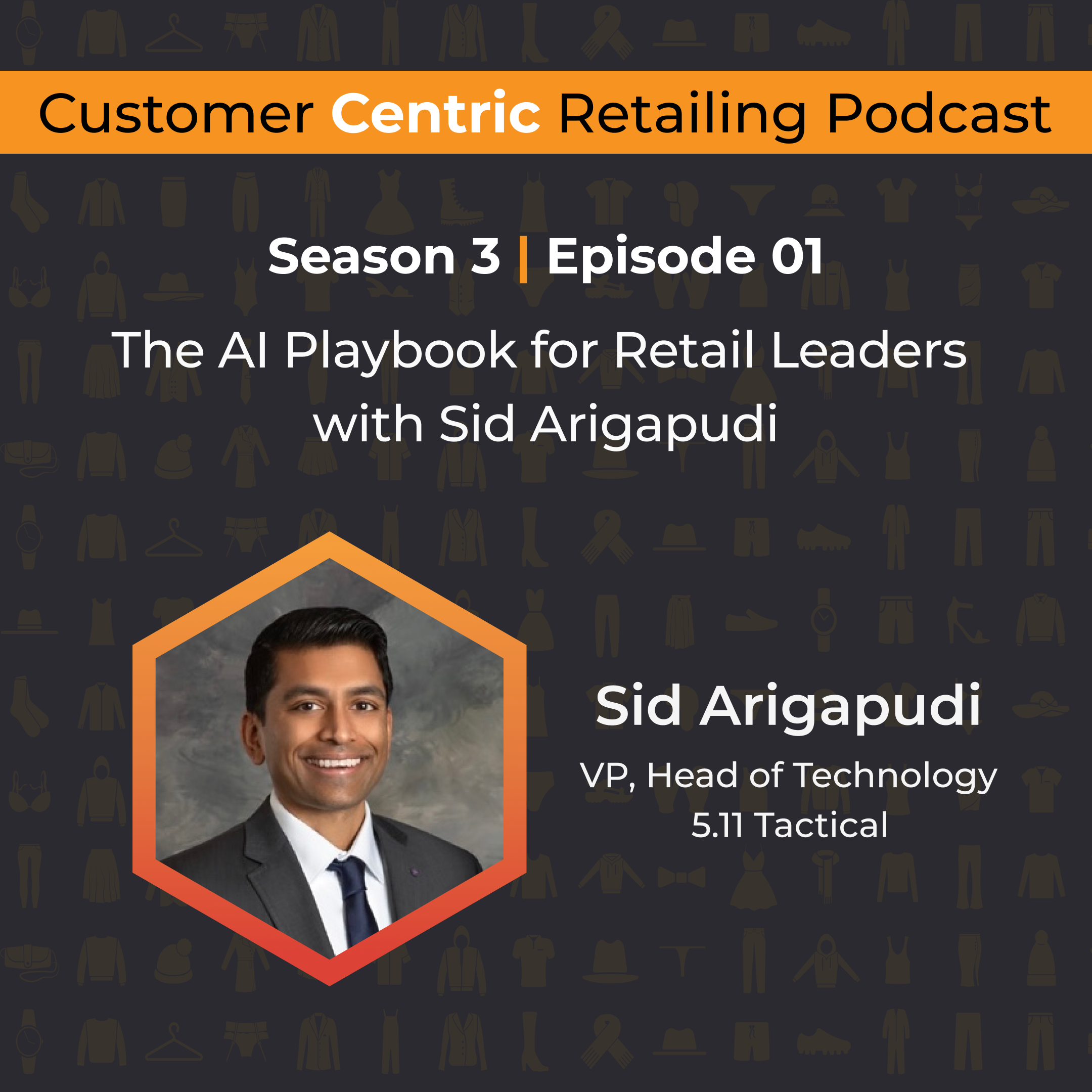[ 13:42 - 16:19 ] How is AI becoming a major contributor in today's retail?
As per Jenni, AI tools are increasingly helping businesses streamline tasks like idea generation, survey creation, and data analysis. Tools like ChatGPT can assist in quickly generating customer survey questions, saving time and providing structure. On a more advanced level, AI and machine learning enable businesses to analyze large datasets, uncover customer segments, and identify key behaviors. This helps companies understand their audience more deeply, tailor strategies to different customer groups, and uncover growth opportunities and insights that would be difficult to achieve manually due to the complexity and scale of the data.
[ 24:02 - 25:24 ] How Nanso Group grew their business with customer data?
In 2019, a transition to Shopify for direct-to-consumer (DTC) business allowed the collection of valuable data from both e-commerce and retail store transactions. This data included key customer behavior metrics, such as purchase frequency, average order values, and product preferences. Through the application of AI-driven segmentation and profiling, Nanso Group was able to identify the most significant factors influencing customer behavior and gain insights into how different customer groups varied in their purchasing patterns. This data-driven approach enabled more informed business decisions and a deeper understanding of customer behavior.
[ 25:30 - 27:50 ] How to create marketing strategies through customer segmentation?
Understanding customer motivations is key to developing effective marketing strategies. By combining quantitative data with qualitative insights from customer research, businesses can uncover the reasons behind purchasing decisions. Segmenting customers based on these motivations allows for more targeted and relevant marketing. For example, customers driven by trends may respond better to messaging that highlights newness and novelty, while those focused on practicality may be more interested in product quality, durability, and value. Tailoring communication to these distinct motivations ensures that marketing efforts are engaging, impactful, and resonate with each customer segment.
[ 27:53 - 28:35 ] Why is it crucial for brands to leverage customer data?
To effectively engage customers, it’s not enough to simply track their behaviors; it’s essential to understand the reasons behind those actions. While data reveals what customers are doing, uncovering why they behave in certain ways provides deeper insights that can drive better business strategies. By understanding the motivations behind customer actions, businesses can tailor their messaging to align with customers’ needs and desires. This approach ensures that communication resonates with customers on a more meaningful level, guiding them toward finding what they need and ultimately increasing the likelihood of a purchase.
[ 32:06 - 34:19 ] Why are store associates the best source to enhance customer experiences?
A spring trial across Finland revealed that store personnel, when asked to identify key customer profiles without data or segmentation results, independently created profiles that closely mirrored those derived from AI-driven segmentation and customer motivations. This alignment highlighted the untapped value of store personnel's deep knowledge of customer behaviors, including communication styles, spending habits, and service preferences. The exercise demonstrated how integrating this frontline insight with AI data not only enhances customer understanding but also serves as a powerful tool for training staff to more effectively recognize and engage with diverse customer segments.
[ 36:02 - 37:14 ] How can a brand differentiate itself from competitors?
Retail is fundamentally centered around the experience delivered to customers, whether in-store or online. The true value lies in how this experience is created, and while the core essence remains the same, the approach and execution can vary greatly across different brands. This variation is what sets companies apart, shaping their unique brand identities. Leaders from various brands consistently agree that while the customer remains at the heart of the experience, the way each company engages and serves its audience differentiates their approach. As a result, every brand offers a distinct customer experience, all with the shared goal of meeting the customer’s needs and expectations.
[ 44:21 - 45:31 ] How to leverage customer data for business growth?
To effectively leverage data for business growth, it's important to start with the tools you have at your disposal, such as platforms like Shopify, Google Analytics, or Meta accounts, all of which provide valuable insights. The key is to understand your customer and identify practical ways to apply that data, whether it's through newsletters, product development, or marketing strategies. By focusing on the "why" behind the data and making it relevant to your team, you can spark motivation and curiosity. This approach not only helps the team engage with the data more effectively but also leads to informed decisions that drive meaningful outcomes.




